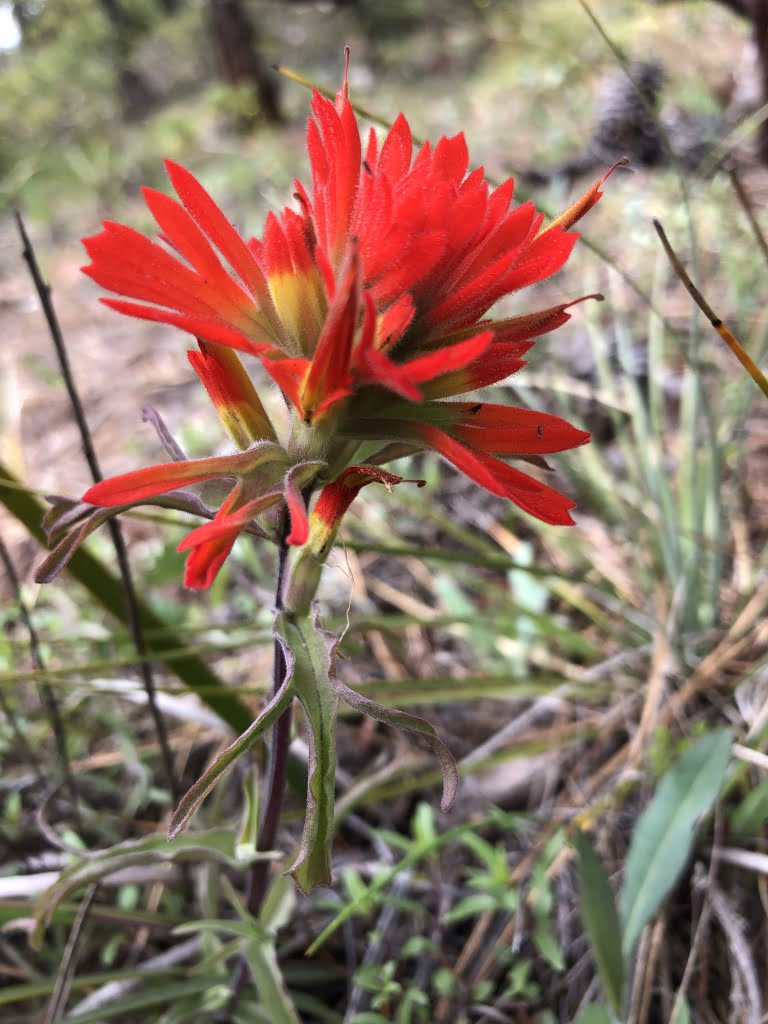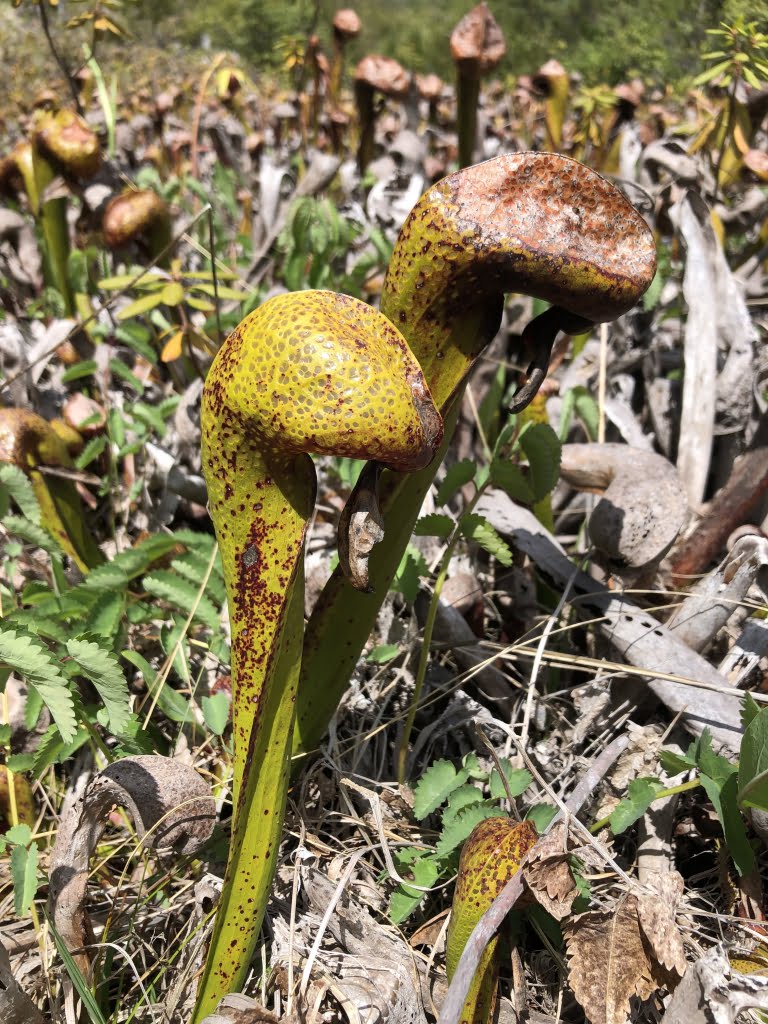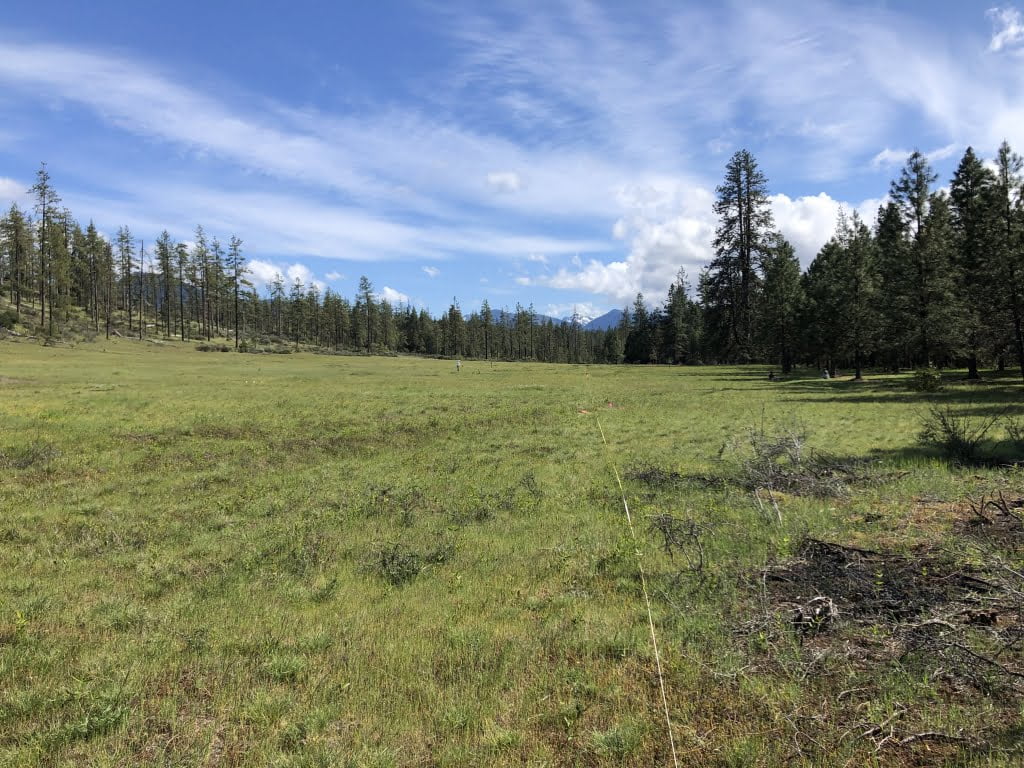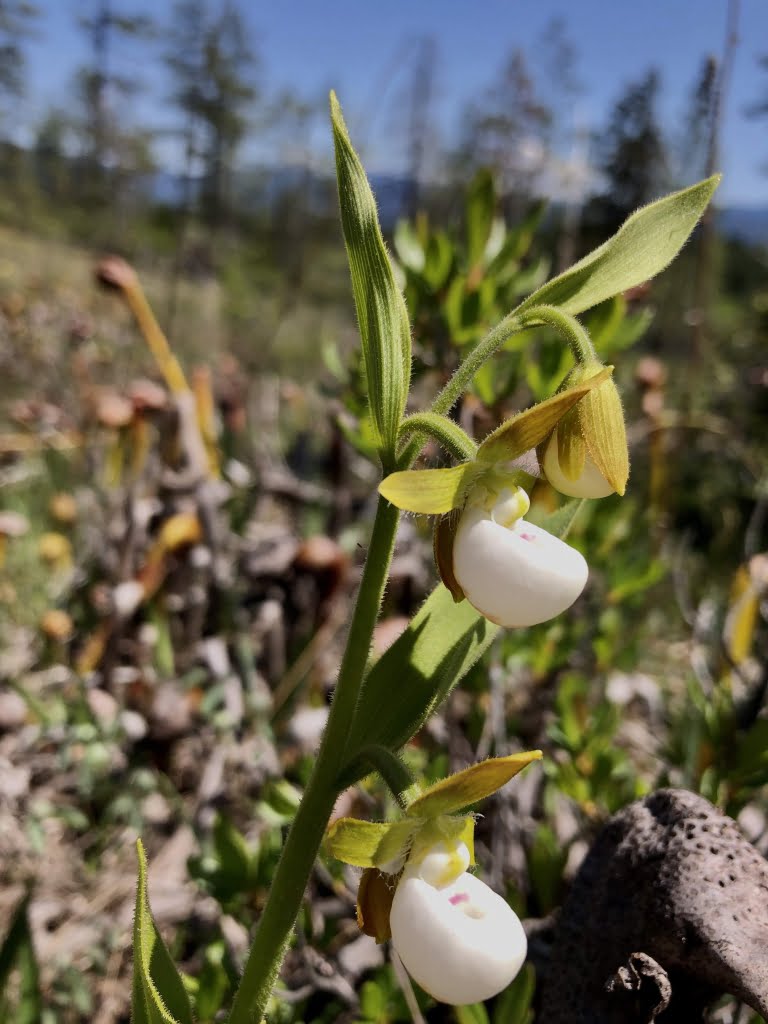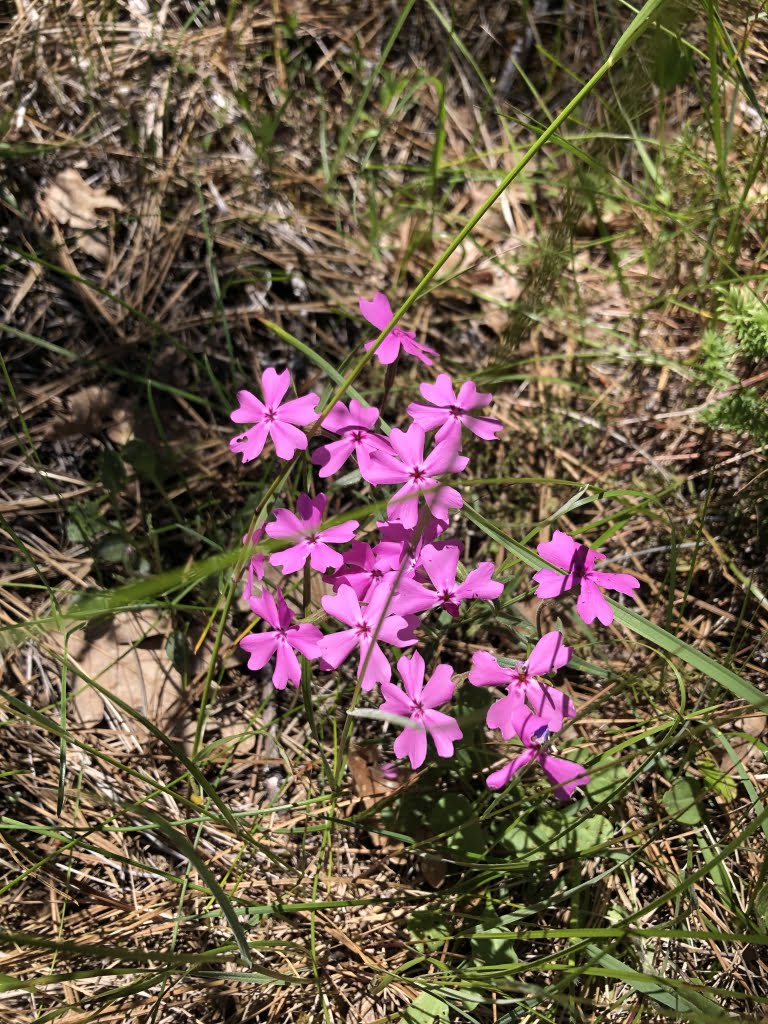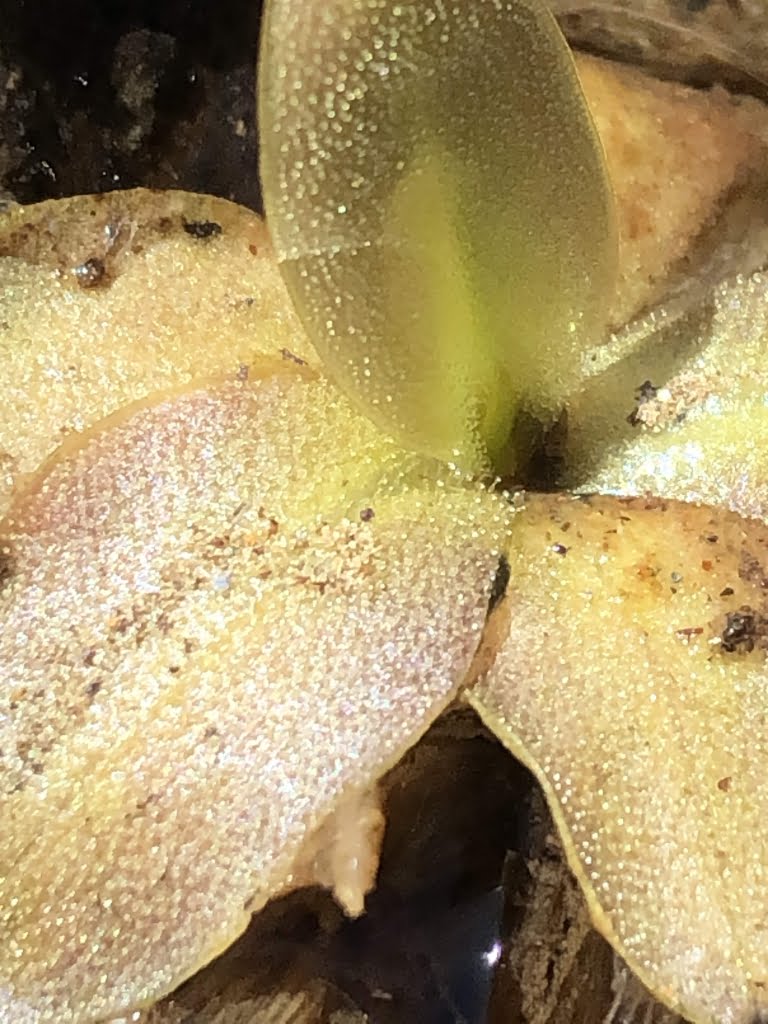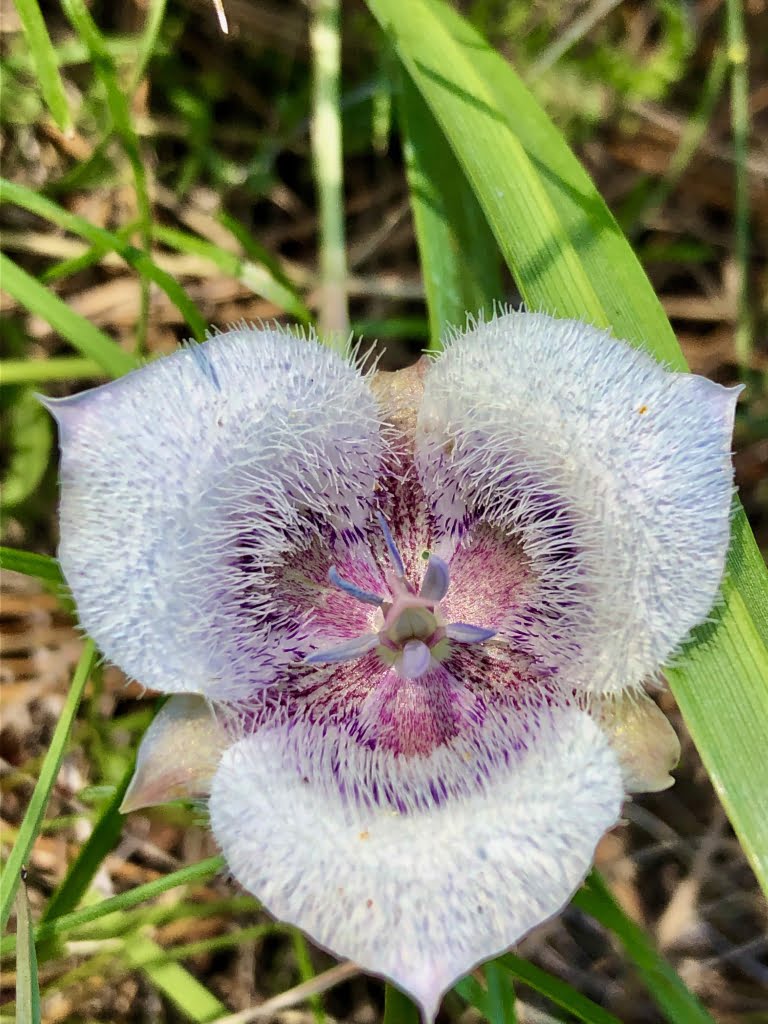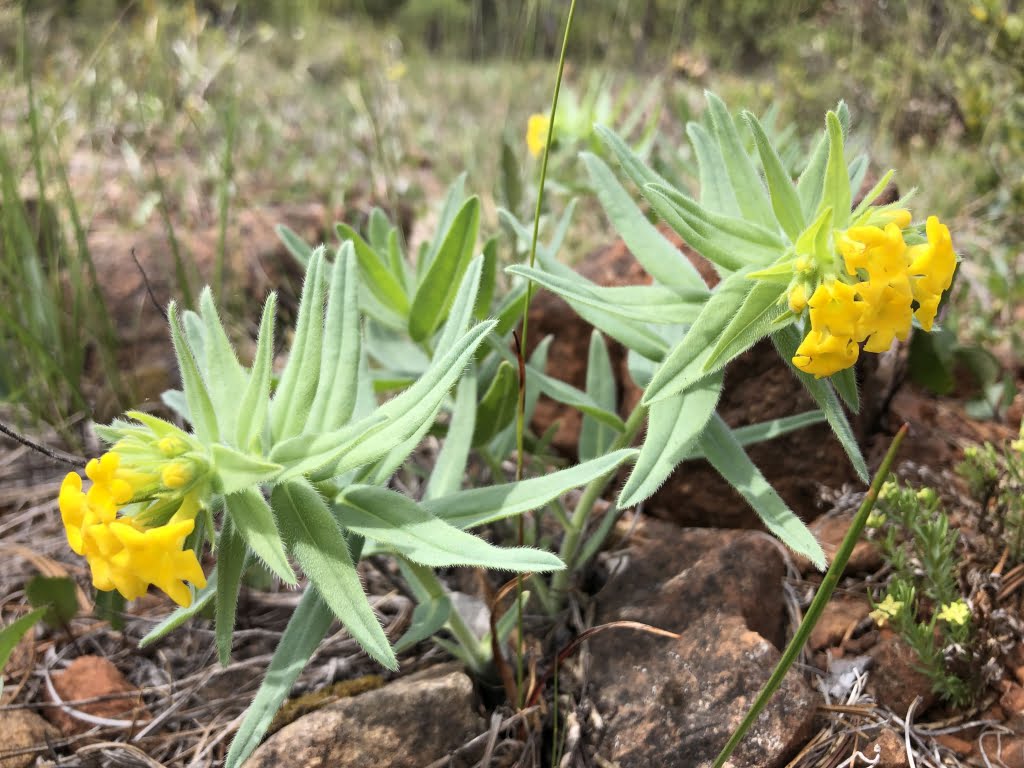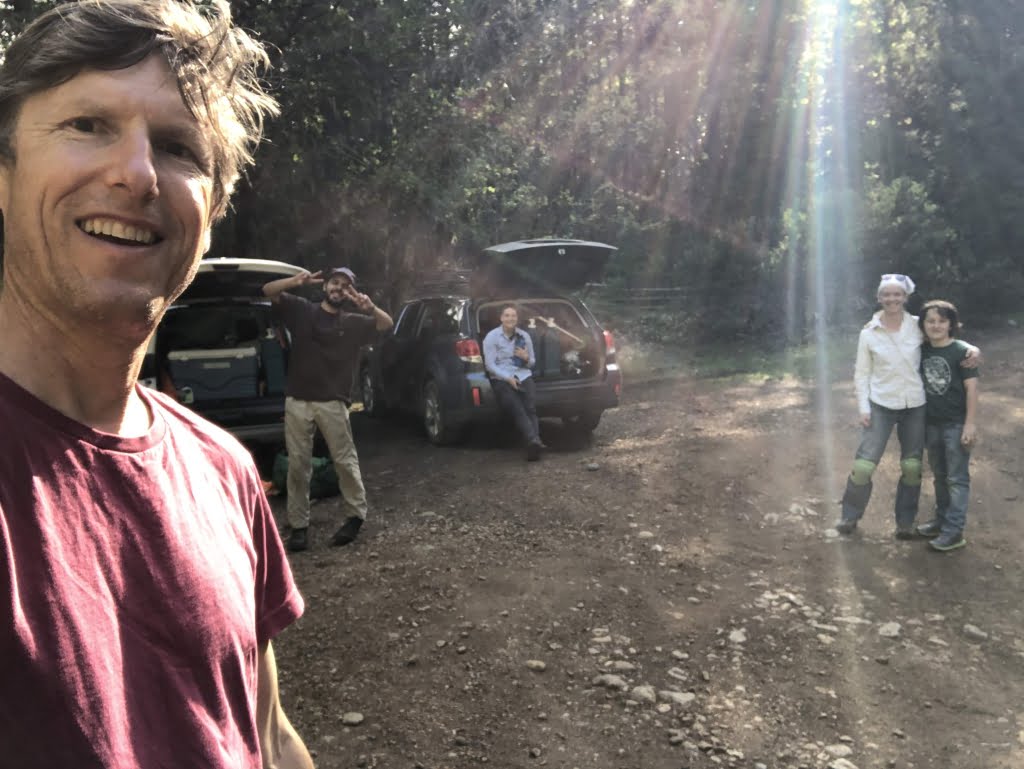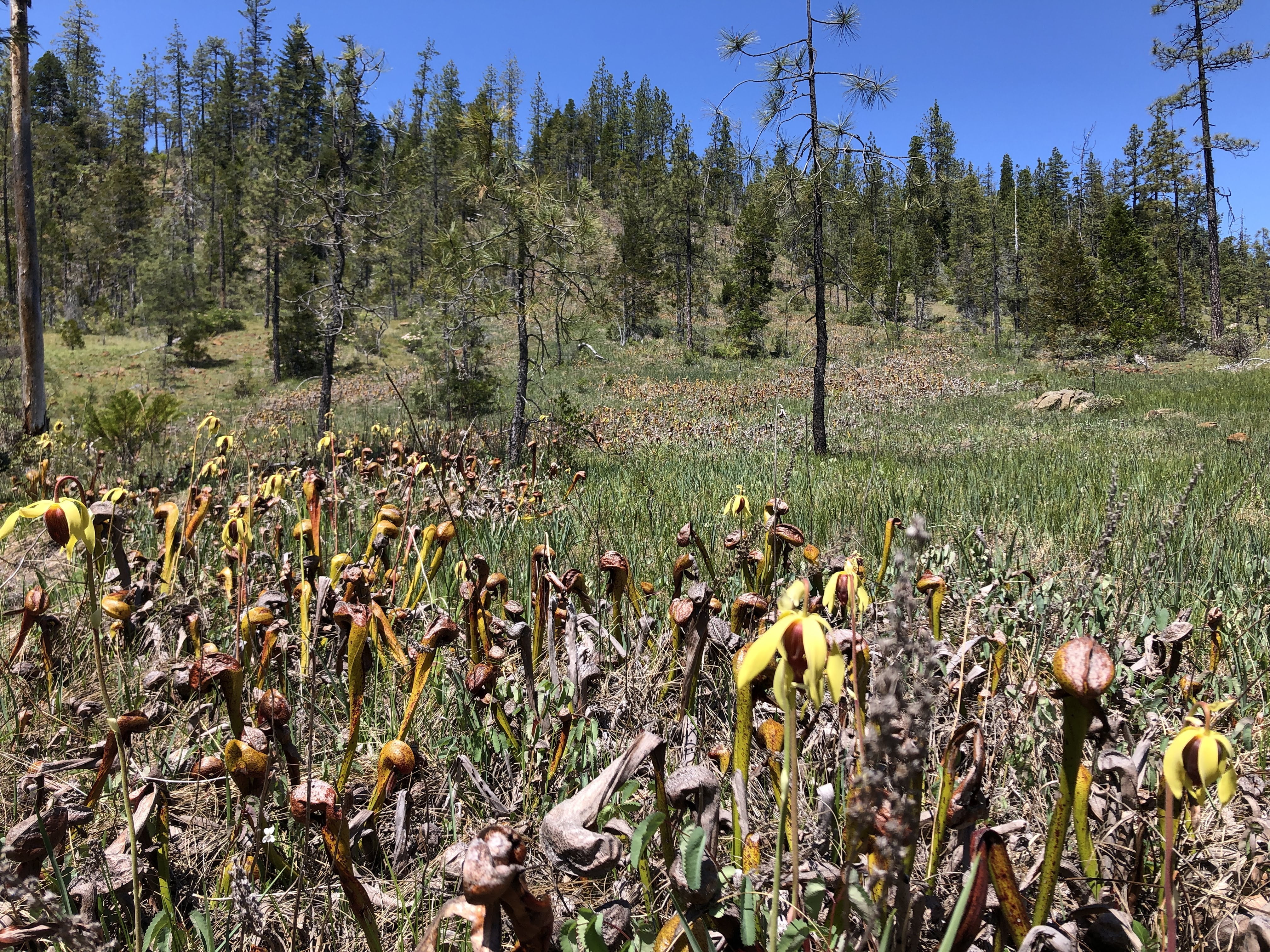
Botanizing the Serpentines in SW Oregon
Here’s a photo essay of some great botany from Oregon’s Illinois Valley in Josephine County. We recently had the opportunity to conduct field work in a socially-distant way to monitor populations of Cook’s desert-parsley (Lomatium cookii) and check for seedlings in seed-based population reintroductions in partnership with the Bureau of Land Management. Along the way we worked in three Areas of Critical Environmental Concern managed by the BLM: French Flat, Waldo-Takilma and Woodcock Bog. Here are some scenes from those rich and seldom visited places.





